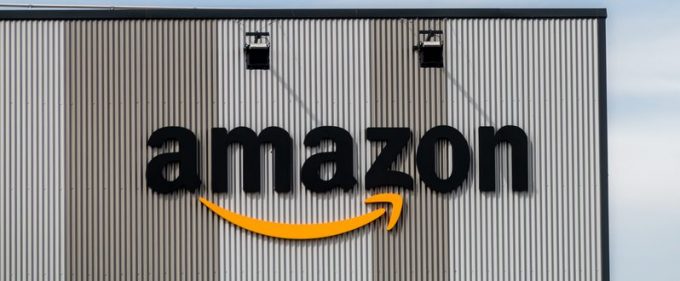
The large US parcel carriers have sailed relatively smoothly through the peak shopping season, but one large player has been struggling.
According to one observer, Amazon had to hand about one million parcels to UPS and the US Postal Service (USPS) in order to meet delivery windows.
After the first week of December, it seems the large parcel carriers encountered no serious problems in meeting their delivery commitments; eBay informed its sellers that the carrier networks were mostly in good shape and ...

Comment on this article